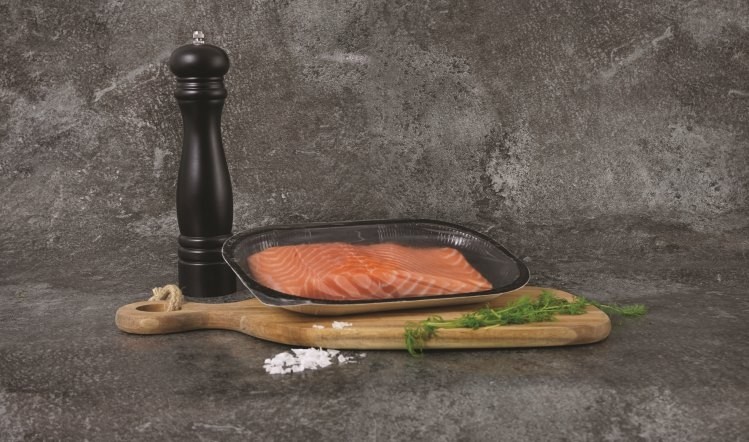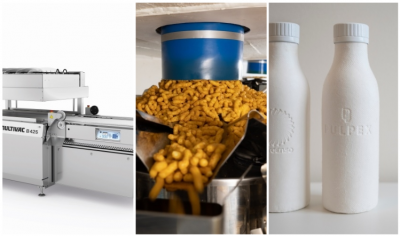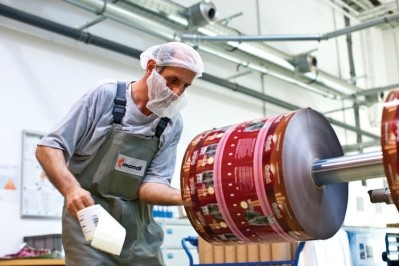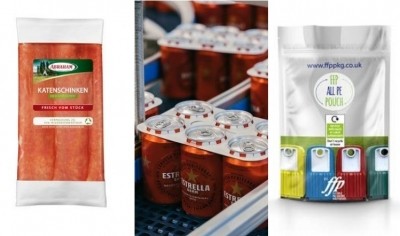Opinion
Modified atmosphere and cryogenic freezing

Food safety is incomparable in its importance to each and every producer. From the factory floor to supermarket shelves, each part of the process is carefully monitored to ensure the finished product is of the highest possible quality when consumers make a purchase.
A vital stage of this is storage and transportation, and this is one area which is becoming of increasing concern. With delays due to COVID-19 and Brexit putting additional strain on trade, producers have to be absolutely sure of the safety and quality of their product when it reaches its final destination.
With many relying on importing and exporting to and from mainland Europe to make a profit, getting this right is vital to the success of many businesses.
Providing extra surety
Research and consultancy organisation Campden BRI has found this is playing on the minds of an increasing number of their food industry clients – with many looking at how modified atmosphere packaging (MAP) gases can boost the life of their products to provide extra surety.
Lynneric Potter, food packaging specialist at Campden BRI, said: “Over the past several years, we have received an increasing number of questions about how the combination of MAP and freezing might potentially impact shelf life. If both MAP and freezing extend shelf life, how can the two technologies be combined to provide solutions to challenges such as seasonal bottlenecks?”
This is research we’re looking into at Air Products – developing new technology which combines cryogenic freezing and MAP to extend the life and quality of products available from chilled counters – benefiting both the consumer and the producer.
It’s not just about transportation safety and preserving shelf life – our customers want the ability to stock seasonal products to ensure steady supply at peak times of year or to add to their product lines by moving from frozen to chilled and vice versa.
More research and development
However, it needs a greater industry buy in through even more research and development of new solutions. The increased interest received by Campden BRI is reflective of this need, and we need to continue to help customers adapt to the changing market.
Lynneric added: “There does need to be more research. This is being carried out with specific products, but more general work around safety and quality is important.
“We need a greater understanding of how gases we use to extend the shelf life of a chilled product behave when used in the packaging of a product that is to be frozen at source and then allowed to defrost on the chilled counter.”
MAP gases have long been integral to helping ensure the safety of the food we eat. The situation we find ourselves in requires new innovations to be brought forward quickly, but they are ones which will stand the test of time and benefit us in the long run.















